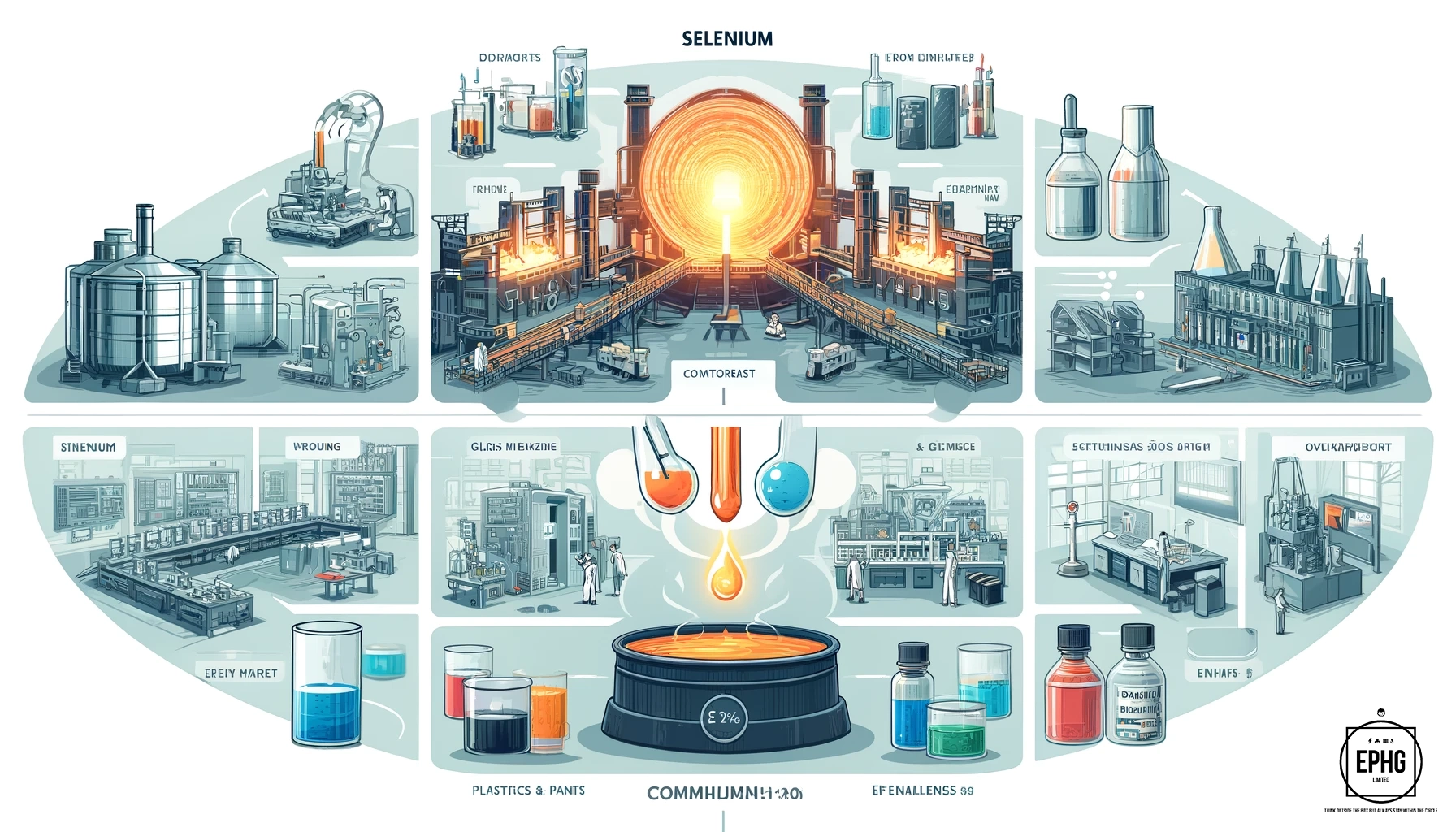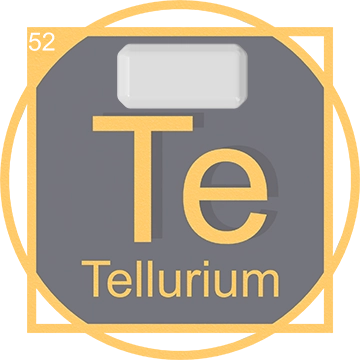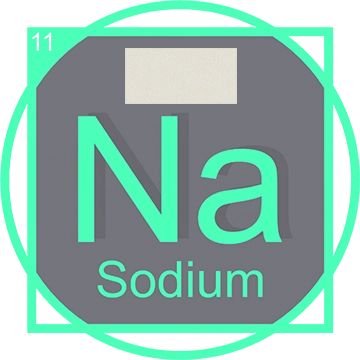Selenium: A Comprehensive Overview
Selenium, a non-metallic element denoted by the symbol Se, stands as a significant subject within the scientific community due to its unique properties and applications. This article provides an extensive exploration of Selenium, highlighting its discovery, role in the periodic table, scientific relevance, and technological applications.
Selenium in the Periodic Table: Position and Properties
Discovered in 1817 by Jöns Jacob Berzelius, Selenium is a member of Group 16 in the periodic table, commonly referred to as the chalcogens. This position endows Selenium with unique chemical properties that make it both versatile and indispensable in various scientific and industrial domains. Its allotropes and compounds exhibit a range of colors and properties, influencing how it is used in different applications.
The Discovery of Selenium

When Berzelius first encountered Selenium, it was as a byproduct of sulfuric acid production. Mistaking it initially for tellurium, he soon realized it was a new element altogether. Selenium's name is derived from the Greek word "selene," meaning moon, alluding to its close relationship to tellurium, named after the earth.
Selenium's Role in Science
Selenium's diverse allotropes allow it to participate in various chemical reactions, making it a valuable subject of study in inorganic and organic chemistry. It also plays a crucial role in biological systems, acting as an essential micronutrient.
Pure Selenium: Properties and Significance

Pure selenium is a fascinating element, known for its non-metallic chemical properties and varied allotropes, which include both amorphous and crystalline forms. The most stable and common form of pure selenium is gray selenium, which has a metal-like appearance and conducts electricity better in the light than in the dark, making it photoconductive. This unique property is crucial for its use in photocells and solar cells. Additionally, pure selenium can be vaporized into a gas at high temperatures, making it useful in the glass industry to decolorize glass and to create pigments. Its versatility and distinctive characteristics make it indispensable in various technological and scientific applications.
Selenium in Health and Nutrition

Aside from its industrial uses, Selenium is vital in health and nutrition. It is an essential trace element in human and animal diets, known for its antioxidant properties that help prevent cellular damage. Selenium's role extends beyond mere prevention; it is crucial in supporting the immune system, promoting heart health, and may play a role in combating various forms of cancer. In the human body, Selenium is a key component of several enzymes and proteins that contribute to reproductive health and thyroid function. Moreover, its ability to enhance the efficacy of antioxidants helps maintain cell integrity and promotes overall wellness, making it indispensable in daily nutrition and preventive healthcare.
Selenium and Its Applications in Technology
Technologically, Selenium is utilized in a multitude of ways, from glassmaking and alloys to electronics and photovoltaics. Its semiconductor properties are particularly valued in the realm of photocopier technology and solar cells.
Selenium's Technological Impact

The semiconductor properties of Selenium have been crucial in the development of rectifiers, photocopiers, and solar cells. Its unique ability to convert light directly into electricity without any moving parts makes it an indispensable component in solar energy technology. Selenium is also pivotal in the recovery of photocopying toners and plays a vital role in the glass industry, where it decolorizes glass and prevents color from forming from iron impurities. Beyond these applications, Selenium's properties are harnessed in the formulation of various alloys that improve the machinability and durability of metals. These diverse uses underscore the significant impact that Selenium has on modern technology and industry.
How Selenium is Produced
Selenium is primarily obtained as a byproduct from the refining of metal sulfide ores, mainly copper. The production process involves the anode slimes generated during the electrolytic refining of copper. These slimes are processed to extract selenium via roasting with sodium carbonate or sulfuric acid, which helps in retrieving selenium in the form of selenious acid. This acid is then reduced to elemental selenium using sodium dioxide or sulfur dioxide.
List of Selenium Mines and Associated Resources
While selenium is not mined directly from primary selenium deposits, it is extracted from mines that primarily target other minerals. Significant copper mines such as the Chuquicamata in Chile, the Grasberg mine in Indonesia, and the Bingham Canyon Mine in the United States are notable for selenium recovery. Resources commonly found alongside selenium in these mines include copper, silver, and sometimes gold.
Modern Uses of Selenium

Today, selenium is extensively used in various industries. Its role as a semiconductor makes it crucial in electronic devices. Selenium compounds are used in photocopiers, solar cells, and rectifiers. It is also used in glass production to counteract color from iron impurities. In addition, selenium is vital in the formulation of pigments in plastics, paints, enamels, inks, and rubbers. Its nutritional importance cannot be overlooked either, as it is essential for proper metabolism in both humans and animals.
The Future of Selenium in Science and Technology

The potential of selenium in future technologies appears promising. Its photovoltaic and photoconductive properties are being explored for next-generation solar energy solutions. Research is also focusing on its role in high-energy batteries and its capability to improve the efficiency and longevity of these power sources. Moreover, the biotechnological advancements may harness selenium's unique properties in biochemistry and environmental science, particularly in bioremediation processes to remove toxic substances from the environment.















